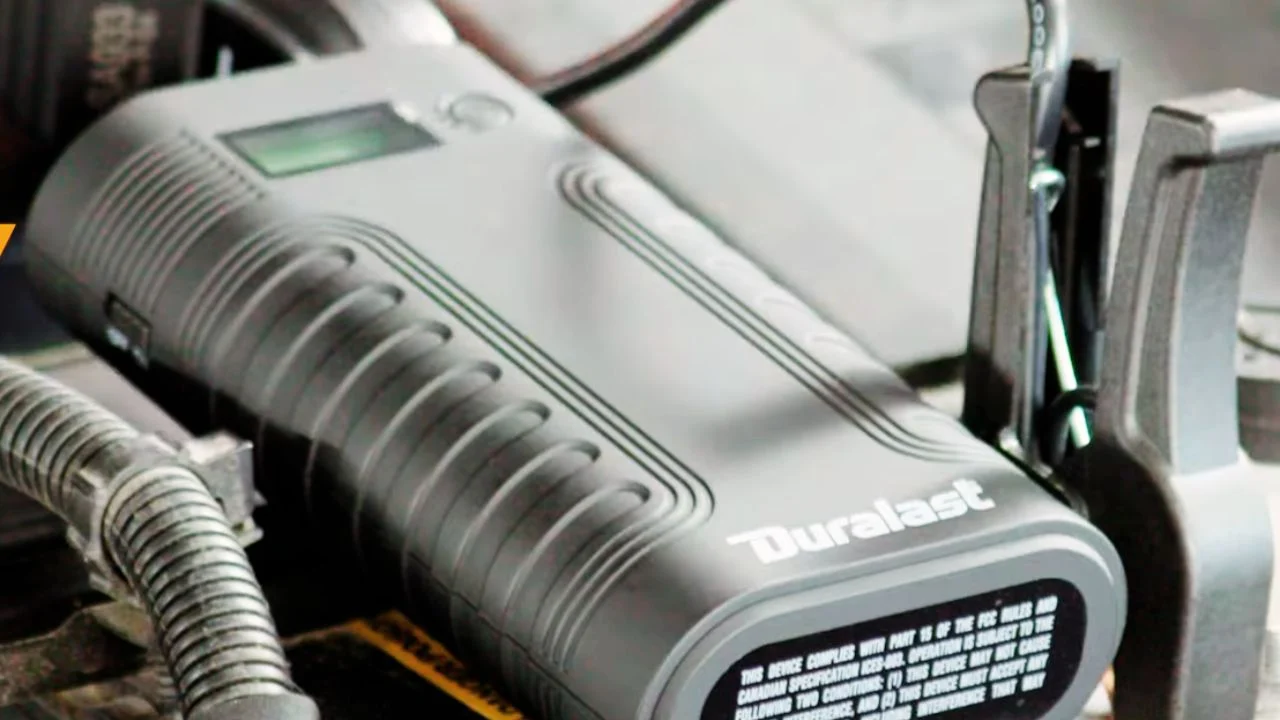When I first learned how to use a portable jump starter, it felt like unlocking a secret to independence. A compact device, it typically holds between 400 to 1,000 peak amps to start most vehicles, giving me confidence during road trips. Get step-by-step instructions on how to jump-start a diesel truck in our article on How to Jump Start a Diesel Truck.
I remember the first time I used it; I was amazed at how simple it was! All I had to do was connect the clamps to the battery and press a button. In just a few minutes, I was back on the road, thanks to my trusty jump starter, which is an essential item for any car owner!
Quick Look
Connect the red clamp to the positive terminal and the black clamp to a metal surface on the vehicle. Turn on the jump starter and start the vehicle. Disconnect the clamps in reverse order and let the engine run to recharge the battery.
Is it safe to jump-start a car with a jump starter if the battery leaks?
No, it is not safe to jump-start a car with a leaking battery. A leaking battery can release harmful chemicals, including sulfuric acid and hydrogen gas, which pose serious safety risks such as chemical burns or explosions.
If you notice any signs of leakage, including corrosion around the terminals or a foul odor, it’s crucial to avoid using the battery. Instead, have it inspected and replaced by a professional. Prioritizing safety is essential, and using a faulty or damaged battery can lead to hazardous situations, both for you and your vehicle. Always check for leaks before attempting a jump-start.
Portable Jump Starters
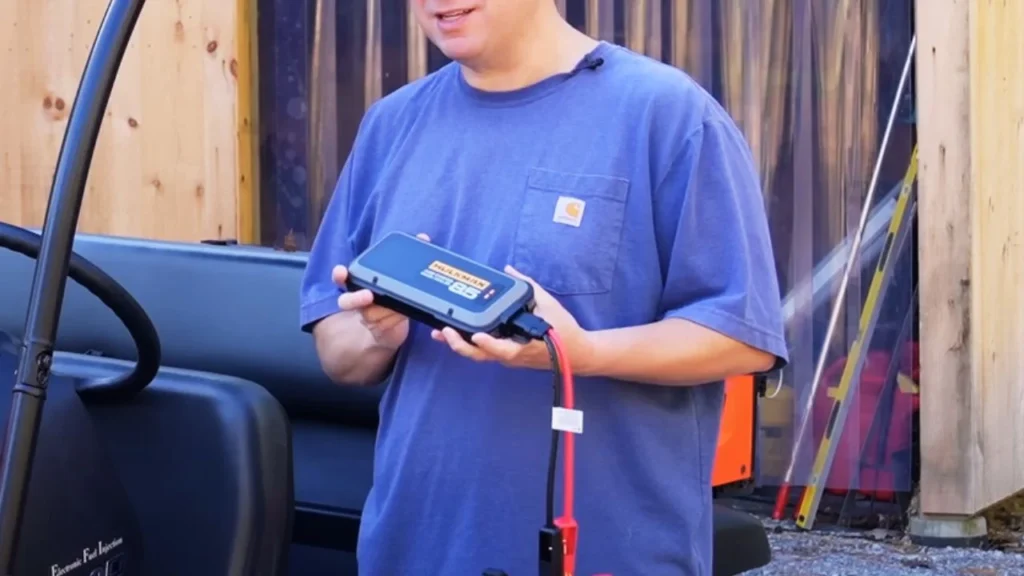
When I first heard about portable jump starters, I was intrigued. These compact battery packs can jump-start my vehicle without needing another car. They’re typically around 1-3 pounds, so they’re easy to carry and store.
Key Components
Portable jump starters often come with various components. Most have built-in cables and clamps, making them user-friendly right out of the box. Plus, many models include extra features like USB ports, allowing me to charge my phone while on the go.
Types of Portable Jump Starters
There are two main types of portable jump starters: lead-acid and lithium-ion. Lead-acid models tend to be heavier and bulkier, generally weighing between 5-10 pounds. In contrast, lithium-ion starters are lighter, weighing as little as 1-2 pounds, making them perfect for everyday use.
Power Capacity
I quickly learned that power capacity is crucial when selecting a portable jump starter. This capacity is measured in Cold Cranking Amps (CCA), which indicates how much power the device can provide in cold conditions. For instance, a jump starter with 400 CCA is typically sufficient for most cars, while larger vehicles may require at least 600 CCA.
Additional Features
Additional features can make a significant difference in usability. Some jump starters include LED flashlights for emergency situations, while others have built-in air compressors for inflating tires. It’s nice to have these options, especially when I’m out in remote areas.
Safety Features
Lastly, I realized that safety features are paramount when using a jump starter. Many modern devices come with reverse polarity protection, which prevents potential damage if I accidentally misconnect the clamps. This peace of mind is invaluable, especially during stressful situations. Learn about the reliability and performance of the Schumacher jump starter in our article on Schumacher Jump Starter.
Selecting the Right Portable Jump Starter
Choosing the right portable jump starter is vital for peace of mind. For my 4-cylinder engine vehicle, I find a capacity of 400 to 600 Cold Cranking Amps (CCA) is sufficient, while larger engines, like V8s, require 600 to 1,000 CCA, especially in colder climates.
I also look for extra features, like USB charging ports and an LED flashlight, which add value. Safety is crucial, so I prioritize models with reverse polarity protection and overcurrent features. Lastly, I prefer lightweight lithium-ion jump starters that weigh around 3 to 5 pounds for easy storage and handling.
Step-by-Step Guide: How to Use a Portable Jump Starter?
A portable jump starter is a compact device that can quickly revive a dead vehicle battery without needing another car. In this guide, I’ll walk you through the essential steps to use a portable jump starter effectively.
Step 1: Preparation
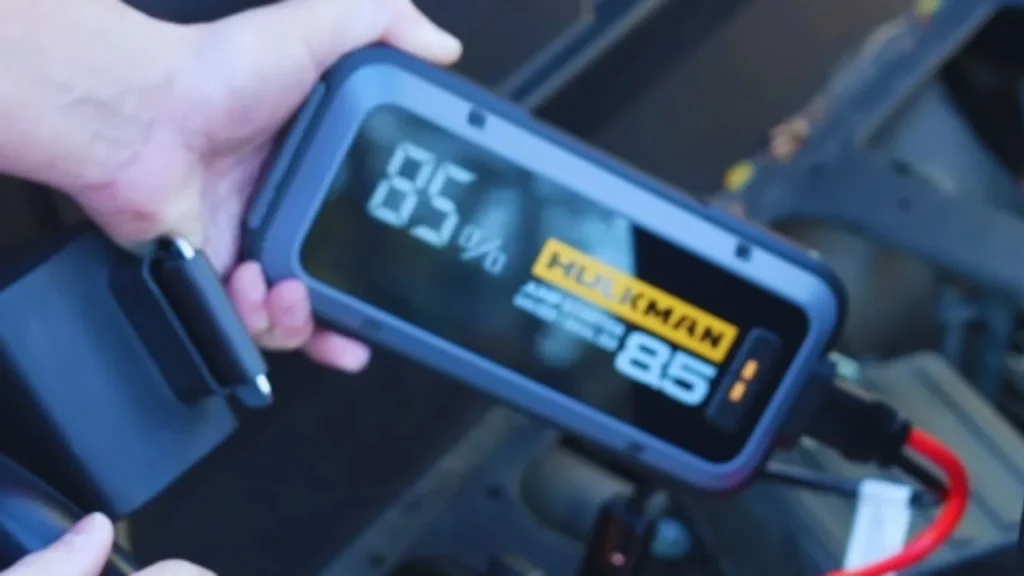
Before using your portable jump starter, ensure it’s fully charged. Most models take around 3-5 hours to charge completely. Refer to the manual for specific charging times.
Step 2: Connecting the Jump Starter
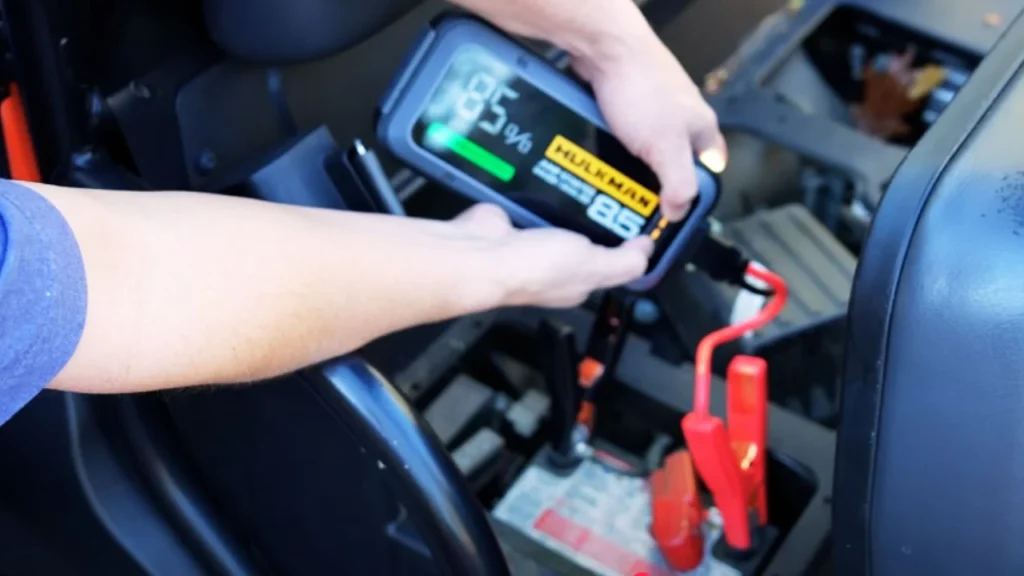
Locate the positive and negative terminals on your vehicle’s battery. Attach the red clamp to the positive terminal and the black clamp to an unpainted metal surface on the vehicle’s frame. A solid ground connection is crucial to prevent sparks.
Step 3: Starting the Vehicle
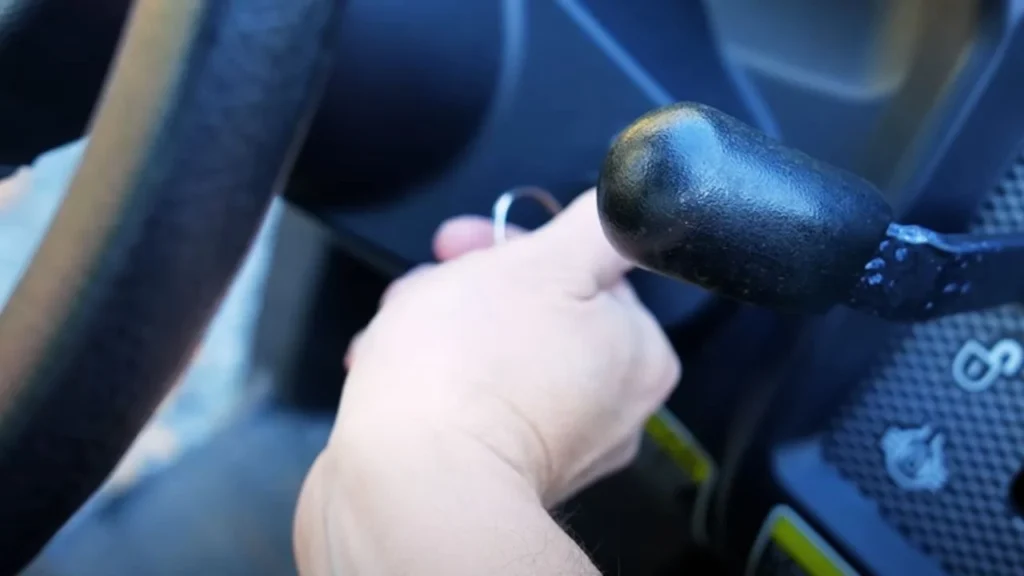
Turn on the jump starter by switching it on before trying to start your vehicle. Attempt to start the engine, which may take a few seconds. If it doesn’t start right away, wait about 30 seconds before trying again.
Step 4: Post-Start Procedure
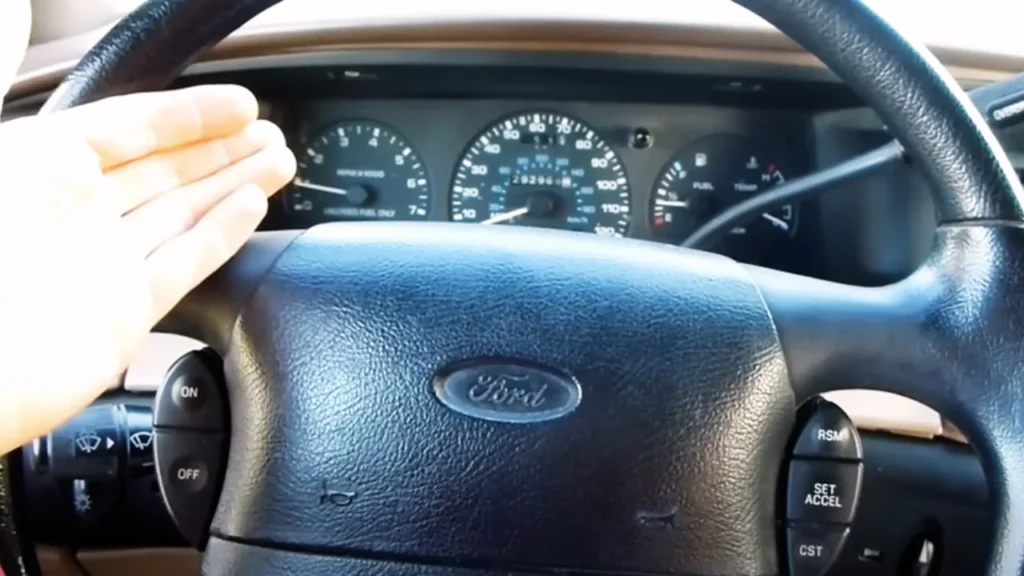
Once the vehicle starts, let it run for a few minutes to recharge the battery. Disconnect the clamps in reverse order: start with the black clamp and then the red one. This ensures safety and prevents electrical shorts.
Step 5: Storage
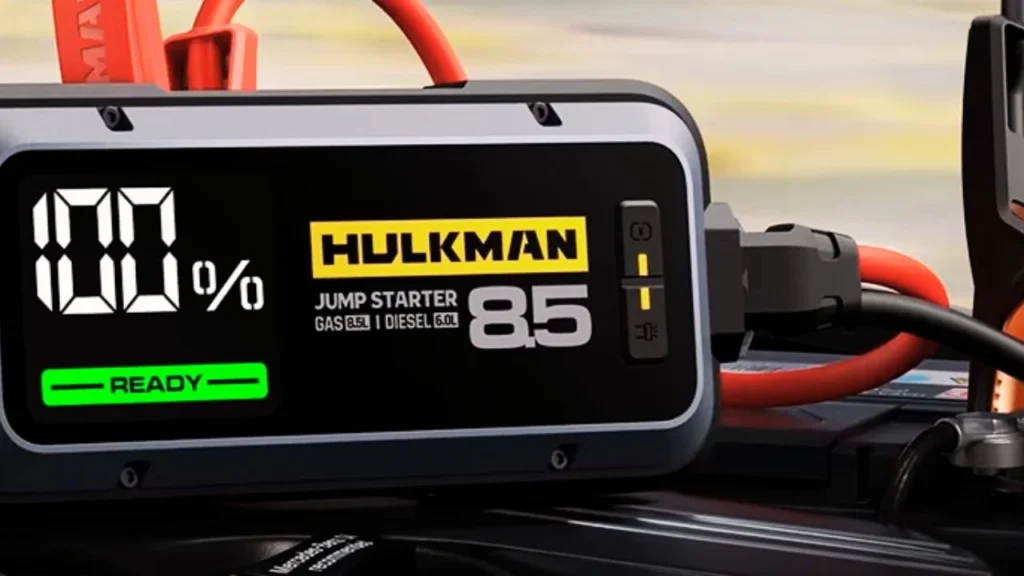
After use, store your jump starter in a cool, dry place. Regularly check it to ensure it remains charged and in good condition. Proper maintenance can help your jump starter last several years, providing reliable assistance when needed.
Maintenance and Storage
Keeping my portable jump starter in top shape is crucial for its reliability. I make it a habit to recharge the jump starter after each use, ensuring it’s always ready for action. Regular charging, at least once every six months, helps maintain battery health.
I’ve learned that storing my jump starter properly can extend its life significantly. I keep it in a cool, dry place, away from direct sunlight and extreme temperatures. This simple step can prevent damage and ensure the device remains functional when I need it most.
Occasionally, I test the jump starter to confirm it’s still working efficiently. A quick check can save me from potential frustration during an emergency. By taking these proactive measures, I can rely on my jump starter whenever I need it. Find out why jump-starting a battery may sometimes fail in our article on Can Jump Starting a Battery Not Work?.
Troubleshooting Common Issues
I remember my first experience—feeling anxious but relieved once I figured it out. This guide will help you understand how to troubleshoot common issues and ensure you’re always ready to hit the road.
Vehicle Won’t Start
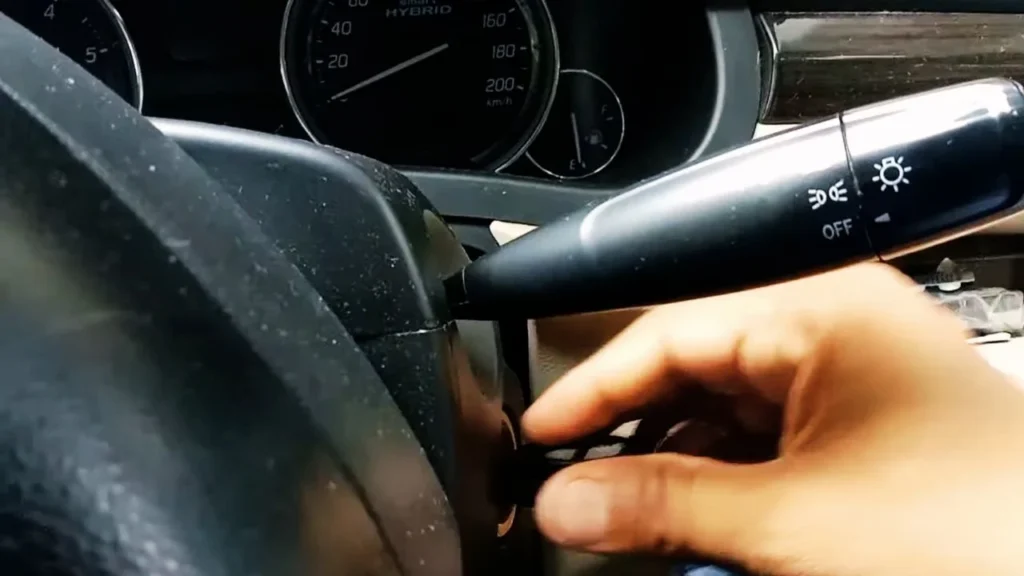
When I first started using my portable jump starter, I encountered a few hiccups. One common issue is when the vehicle doesn’t start even after connecting the jump starter. I found that it’s crucial to ensure the jump starter is fully charged, ideally above 75% capacity, to give my car the best chance to start.
Check Clamp Connections
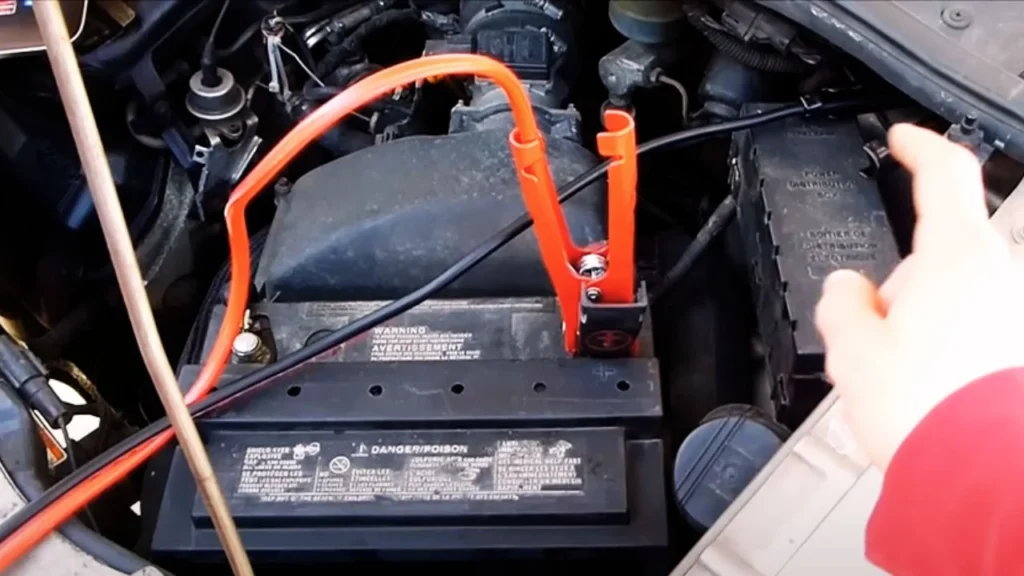
If the car still doesn’t turn over, I double-check my clamp connections. The red clamp should always go on the positive terminal and the black clamp on an unpainted metal surface. A secure connection is essential, and I’ve learned that even a loose clamp can lead to frustrating delays.
Jump Starter Unresponsive

Another issue I faced was when my jump starter itself seemed unresponsive. I quickly learned that it’s vital to check if the device is charged before using it. If my jump starter is sitting at 50% capacity or lower, it might not have enough power to get the job done
Safety Guide for Using a Portable Jump Starter
Using a portable jump starter is convenient, but safety must come first to prevent accidents and injuries.
Inspect Your Equipment: Always check the jump starter for any signs of damage, such as frayed cables or corroded clamps. A compromised device can pose significant safety risks.
Wear Protective Gear: Consider wearing gloves and safety glasses to shield yourself from sparks or battery acid. This is especially important if you suspect the battery may be leaking.
Choose the Right Environment: Jump-starting should be done in a well-ventilated area to avoid the accumulation of harmful gases, such as hydrogen, that batteries can emit. Make sure there are no flammable materials nearby, including gasoline or oily rags.
Understand the Risks: Be aware that connecting the clamps incorrectly can lead to sparks or even battery explosion. Always connect the positive (red) clamp first and then the negative (black) clamp to a metal ground away from the battery.
Maintain Your Jump Starter: Regularly charge your jump starter and check its condition. A well-maintained device is less likely to malfunction when you need it most.
Keep a Safe Distance: When starting the vehicle, stand clear of the engine and the jump starter. This minimizes your risk of injury in case of a malfunction or explosion. Discover the features and benefits of a jump starter with an air compressor in our article on Jump Starter with Air Compressor.
Final Words
Using a portable jump starter has been a game-changer for me, especially when I find myself with a dead battery. Knowing how to use a portable jump starter empowers me to handle emergencies quickly.
With many models providing 600-800 peak amps, I can confidently start most vehicles, ensuring I’m never stranded for long. Always keep your device charged, and you’ll be ready for anything!
